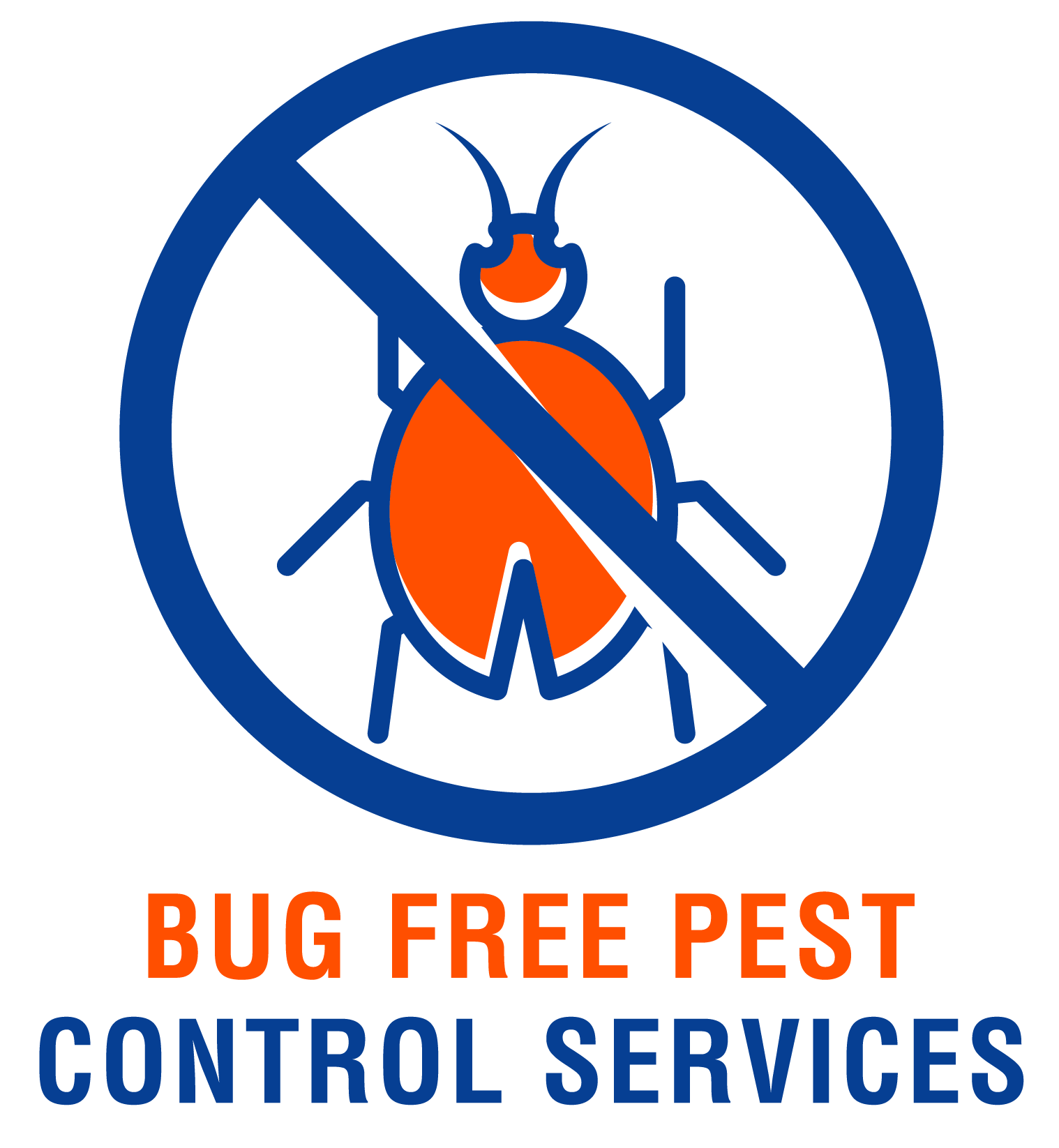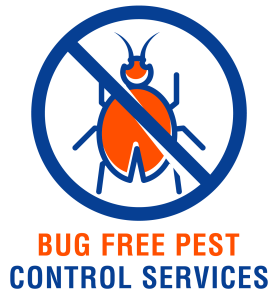Welcome to the ultimate guide on effective pest control for food processing facilities! Keeping pests out of your facility is crucial for maintaining a clean and safe environment for food production. By implementing proper sanitation practices, sealing entry points, and working with a professional pest control company, you can ensure that your facility remains free from any unwanted guests. Don’t let pests jeopardize the quality and safety of your products – follow these tips to keep them at bay! Have you been struggling to keep pests at bay in your food processing facility? In such a critical industry, maintaining high levels of cleanliness and efficiency is essential to ensure the safety and quality of your products. In this article, we will explore effective pest control strategies and best practices specifically tailored for food processing facilities. Let’s dive in and learn how to protect your facility from unwanted guests while maintaining a safe and hygienic environment.
Understanding the Importance of Pest Control in Food Processing Facilities
Pests can pose a significant threat to food processing facilities by contaminating products, spreading disease, and causing structural damage. In this section, we will discuss why pest control is crucial for food processing facilities and the potential risks associated with pest infestations.
Pests such as rodents, insects, and birds can find their way into food processing facilities through various entry points such as doors, windows, vents, and cracks in walls. Once inside, they can contaminate food products, equipment, and storage areas, leading to health hazards, product recalls, and brand reputation damage.
Risks of Pest Infestations in Food Processing Facilities
Pest infestations can have severe consequences for food processing facilities, including:
- Contamination of food products: Pests can carry bacteria, viruses, and parasites that can contaminate food products during processing, storage, and packaging.
- Spread of diseases: Pests can transmit diseases to employees and consumers, leading to health risks and legal liabilities.
- Damage to structures and equipment: Pests can chew through wires, insulation, packaging materials, and other components, causing structural damage and equipment malfunction.
- Regulatory non-compliance: Pest infestations can result in regulatory fines, penalties, and closures due to violations of food safety standards and regulations.
By understanding the risks associated with pest infestations, food processing facilities can implement proactive pest control measures to prevent and control pest populations effectively.
Implementing an Integrated Pest Management (IPM) Program
Integrated Pest Management (IPM) is a holistic approach to pest control that focuses on prevention, monitoring, and control to minimize risks to human health, the environment, and property. In this section, we will discuss the key components of an effective IPM program tailored for food processing facilities.
Components of an IPM Program for Food Processing Facilities
An effective IPM program for food processing facilities should include the following components:
- Inspection: Regular inspection of the facility to identify pest entry points, breeding sites, and signs of pest activity.
- Identification: Accurate identification of pest species to determine the most appropriate control methods and treatments.
- Prevention: Implementation of preventive measures such as sealing cracks, installing screens, and maintaining proper sanitation to deter pests from entering the facility.
- Monitoring: Regular monitoring of pest populations using traps, baits, and other detection methods to assess the efficacy of control measures.
- Control: Application of targeted control measures such as pesticides, traps, and exclusion techniques to manage pest populations effectively.
- Documentation: Keeping detailed records of pest sightings, control measures, corrective actions, and compliance with regulatory requirements.
By implementing an IPM program tailored for food processing facilities, businesses can proactively address pest issues and prevent infestations before they escalate.
Common Pests in Food Processing Facilities and Control Strategies
Different types of pests can infest food processing facilities, each posing unique challenges and risks. In this section, we will discuss common pests found in food processing facilities and effective control strategies to manage their populations.
Rodents
Rodents such as mice and rats are common pests in food processing facilities due to their ability to squeeze through small openings, contaminate food products, and spread diseases. To control rodent populations effectively, businesses can implement the following strategies:
- Exclusion: Seal cracks, crevices, and entry points with wire mesh, caulking, or other suitable materials to prevent rodents from entering the facility.
- Sanitation: Maintain proper cleanliness by removing food debris, spills, and clutter that can attract rodents and provide hiding places.
- Trapping: Use traps such as snap traps, glue boards, and electronic traps to capture and remove rodents from the facility.
- Baiting: Place rodenticide baits in tamper-resistant bait stations strategically located in areas with high rodent activity.
- Monitoring: Regularly inspect and monitor rodent populations using traps, bait stations, and tracking devices to assess the effectiveness of control measures.
By implementing a combination of prevention, exclusion, sanitation, trapping, and baiting strategies, food processing facilities can control rodent populations effectively and minimize the risks associated with rodent infestations.
Insects
Insects such as flies, ants, cockroaches, and stored product pests can infest food processing facilities, contaminate products, and cause structural damage. To manage insect populations effectively, businesses can utilize the following control strategies:
- Exclusion: Seal gaps, cracks, and openings in doors, windows, walls, and floors to prevent insects from entering the facility.
- Sanitation: Maintain proper hygiene by removing food residues, spills, and standing water that can attract insects and provide breeding sites.
- Inspection: Regularly inspect storage areas, production lines, and processing equipment for signs of insect infestations, such as droppings, eggs, and nests.
- Treatment: Use insecticidal sprays, baits, dusts, and traps to control insect populations and eliminate breeding sites.
- Monitoring: Install insect traps, pheromone lures, and monitoring stations to track insect populations and assess the efficacy of control measures.
By implementing a comprehensive pest control program that includes exclusion, sanitation, inspection, treatment, and monitoring strategies, food processing facilities can prevent and control insect infestations effectively.
Best Practices for Pest Control in Food Processing Facilities
To maintain a pest-free environment in food processing facilities, it is essential to follow best practices for pest control. In this section, we will discuss key best practices that businesses can implement to prevent pest infestations and ensure compliance with food safety standards and regulations.
Key Best Practices for Pest Control in Food Processing Facilities
- Develop a written IPM plan: Create a detailed IPM plan that outlines pest control goals, strategies, responsibilities, monitoring procedures, and corrective actions.
- Train employees: Provide comprehensive training to employees on pest identification, prevention, detection, and reporting to promote a culture of pest awareness and compliance.
- Maintain sanitation: Keep the facility clean by removing food residues, spills, garbage, and clutter that can attract pests and provide breeding sites.
- Seal entry points: Seal cracks, crevices, gaps, and openings in doors, windows, walls, roofs, and floors to prevent pests from entering the facility.
- Store food properly: Store food products in sealed containers, bins, and packaging to prevent contamination by pests and maintain product quality.
- Inspect incoming shipments: Inspect incoming raw materials, ingredients, and packaging for signs of pests before allowing them into the facility.
- Dispose of waste properly: Dispose of waste, scraps, leftovers, and debris in sealed containers, bins, and dumpsters to prevent pests from accessing food sources.
- Monitor pest activity: Regularly inspect and monitor pest populations using traps, baits, pheromone lures, and tracking devices to detect infestations early.
- Coordinate with pest control professionals: Work with licensed pest control professionals to develop and implement a customized pest control program that meets the specific needs and challenges of the facility.
By incorporating these best practices into their pest control programs, food processing facilities can create a safe and hygienic environment, protect their products from contamination, and comply with food safety regulations.
Regulatory Considerations for Pest Control in Food Processing Facilities
Pest control in food processing facilities is subject to various regulations, standards, and guidelines established by government agencies, industry organizations, and certification bodies. In this section, we will discuss key regulatory considerations that businesses need to be aware of when developing and implementing pest control programs.
Regulatory Requirements for Pest Control in Food Processing Facilities
Food processing facilities are required to comply with the following regulatory requirements related to pest control:
- Food Safety Modernization Act (FSMA): FSMA requires food processing facilities to implement comprehensive food safety programs that include preventive controls for pest management.
- Good Manufacturing Practices (GMPs): GMPs outline the minimum requirements for maintaining a clean and sanitary environment in food processing facilities to prevent contamination by pests.
- Hazard Analysis and Critical Control Points (HACCP): HACCP principles require food processing facilities to identify, evaluate, and control hazards, including pest infestations, that can affect the safety of food products.
- Environmental Protection Agency (EPA) regulations: The EPA regulates the use of pesticides and other pest control products in food processing facilities to ensure their safety and efficacy.
- Occupational Safety and Health Administration (OSHA) standards: OSHA sets standards for workplace safety, including the safe handling, storage, and disposal of pest control products to protect employees from hazards.
By understanding and complying with these regulatory requirements, food processing facilities can ensure the safety and quality of their products, protect the environment, and maintain compliance with industry standards.
Conclusion
In conclusion, pest control is a critical aspect of maintaining a safe, hygienic, and efficient environment in food processing facilities. By implementing an integrated pest management program, businesses can prevent and control pest infestations effectively, protect their products from contamination, and comply with food safety standards and regulations.
Remember, prevention is key when it comes to pest control. By following best practices, developing a written IPM plan, training employees, maintaining sanitation, sealing entry points, storing food properly, inspecting incoming shipments, disposing of waste properly, monitoring pest activity, and coordinating with pest control professionals, food processing facilities can create a pest-free environment that ensures the safety and quality of their products.
If you have any questions or need assistance with pest control in your food processing facility, don’t hesitate to reach out to a licensed pest control professional for expert advice and support. Together, we can keep pests at bay and protect your facility, employees, and customers from unwanted guests. Thank you for reading!


